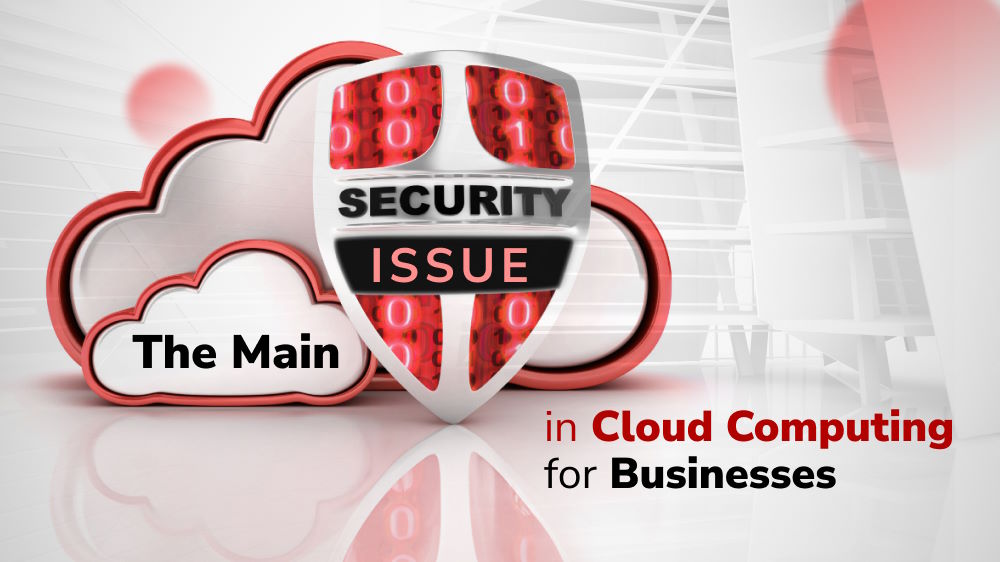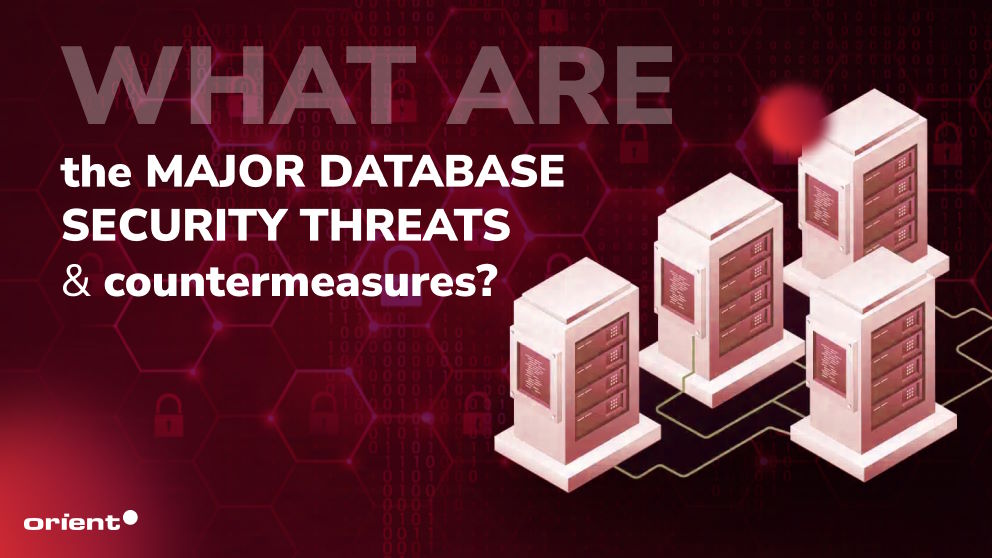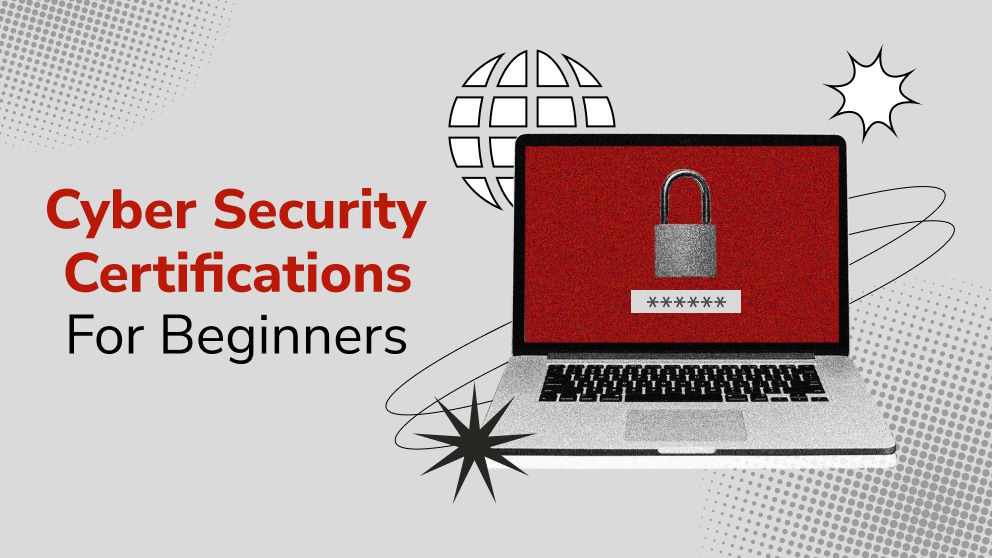
What Are the Major Database Security Threats and Their Countermeasures?

Content Map
More chaptersTake a look at the evolution of the data landscape; what do you see? A world where data is a new oil. In such a scenario, the rise of technologies, specifically big data, the Internet of Things (IoT), artificial intelligence, and more, has triggered a data-driven environment in which businesses gather, store, process, and analyze data at an unprecedented scale. There is no debate about the important role of data analytics and business intelligence - which is a technique used for extracting and interpreting data into actionable insights for decision-making.
As businesses become increasingly reliant on data to propel their operations and make strategic moves, the database, which houses a massive amount of confidential information, such as financial data, becomes a prime target for malicious actors and cybercriminals. With database systems being compromised and exploited for nefarious purposes, organizations fail to secure their digital assets and face numerous security breaches as well as disastrous consequences as their results. E.g., financial loss, diminished organizational efficiency, damage to reputation, legal liabilities, and heaps more.
Hence, database security threats and their potential damage cannot be overstated. In the following section, we will outline the major types of intrusion risks as well as discuss some best practices to mitigate and prevent them from wreaking havoc on your database.
What Is Database Security?

Basically, this definition refers to a collective mechanism to implement security controls, measures, and tools to preserve and safeguard sensitive information stored in a database from unauthorized access, manipulation, disclosure, destruction, and other malicious actors.
Database security involves critical aspects of protection, and it is tasked to maintain integrity, confidentiality, and availability of not only the data itself but also the database management system (DBMS) and authorized user access.
Top Threats & How to Defend Your Data Security Against Them

In the rapid pace of today’s digital age, databases are in danger. More than ever, data has become a valuable asset of a company and one of the most vulnerable points of security for the escalation of cybercrime and attacks.
With the huge amount rendered every passing minute, database security breaches and cyber-attacks are a burgeoning concern for many organizations. Security teams and database administrators must, therefore, be aware of the most common security threats in order to prevent as well as combat them effectively.
Insider Threats and Human Error
Most of the time, compromises of different sorts often come from the outside, but it does not mean there is no chance of internal threats. The “Cost of Data Breach” Study by the Ponemon Institute indicates that human negligence is the root cause for 30% of data breach incidents.
In fact, research indicates that the majority of breaches happen due to human mistakes or carelessness. Undesirable user behaviors like password sharing, weak passwords, clicking on malicious links, phishing scams, etc., are responsible for the loopholes and vulnerabilities that can be exploited by either malicious insiders or external attackers.
Otherwise, there are other existing weak points causing data breaches to occur from the inside. Improper access controls, weak database security policies, inadequate training, and the lack of employee training on data protection culture within an organization are equally accountable for data leaks or thefts.
Needless to say, how much these so-called internal risks of database security may damage your business. A report by the Ponemon Institute reveals that an insider threat situation might cost an average of $15.38 million in 2022. This figure includes the expenses of investigation, remediation, operational stagnation, and lost productivity. Statistics by Ponemon Institute also showed that larger companies pay an average of $10.24 million more than smaller ones for handling insider attacks.
Countermeasures:
The first best solution to counteract the risks of in-house factors is to cover all the loopholes caused by the lack of expertise required for data protection. This may include:
- Inculcating a security-conscious culture within your organization and raising people’s awareness of their roles and responsibilities in maintaining data confidentiality.
- Educate employees on how to detect phishing scams and what they should do when they come across them.
- Provide regular training sessions on cybersecurity threats and database security tools.
- Enforce policies for strong passwords, including unique, complex passwords and two-factor authentication.
- Restrict unauthorized access to sensitive databases by implementing role-based user access controls.
- Encryption of data at rest and in transit.
- Regular reviews of user privileges and revocation of access for terminated employees immediately.
NoSQL/SQL Injection Attacks
SQL injections, as well as NoSQL injections, are two major types of cyber-attacks that exploit vulnerabilities within the interaction between an application and its backend database. In specific, the attacker inserts malicious code (SQL or NoSQL) into a query via user input data fields. This action makes it possible to manipulate the database – allowing malicious actors to view, modify, delete, or even create new data – with the purpose of tricking the database into executing harmful commands.
One successful injection attack possibly leads to unauthorized access, data leaks, loss of data integrity, and even system shutdown. It may also turn into a bigger concern - a starting point for unnoticeable malware installations, ransomware attacks, or advanced persistent threats (APTs).
Countermeasures:
- Ensure input validation to sanitize user inputs.
- Apply prepared statements with parameterized queries or stored procedures instead of dynamic SQL statements for your applications.
- Enforce the least privileged access control policies for database accounts and analyze usage patterns.
- Implement firewall configuration to limit inbound and outbound connections only to known sources.
Denial of Service (DoS) or Distributed Denial of Service (DDoS) Attacks
As the names suggest, both DoS and DDoS aim to cause a machine, network, or service to malfunction, yet they go against your database server in two slightly different ways.
A Denial-of-Service attack is meant to shut down the target, making it inaccessible to its intended user base. This type of attack overwhelms a machine or network with a flood of internet traffic or sends information that triggers a crash. Either way, it is tasked to deprive legitimate users (i.e., customers, staff, members, account holders) of the service or resource they expect.
Distributed Denial of Service is another form of DoS at a more intricate level. The DDoS attacks are orchestrated from multiple connected computer systems, often establishing a “botnet” - a group of Internet-connected devices. And then, in a similar way, DDoS attacks overwhelm the system with a deluge of fake requests, thus causing it to slow down substantially or crash entirely.
Countermeasures:
- Administer network traffic patterns and data flow in real time via security systems (I.e., firewalls, intrusion detection, etc.), detecting abnormal database events and blocking any malicious attempt.
- Conduct incident response processes and plan policies for disaster recovery beforehand.
- Test and regularly update your security measures, such as firewalls, secure sockets layer (SSL) certificates, virtual private networks (VPNs), etc.
- Raise intrusion detection systems (HIDS/NIDS) to detect any abnormalities in the system.
- Use anti-DDoS services offered by internet service providers.
- Network design strategies that can withstand volumetric attacks.
Weak Audit Trails
Simply, an audit trail is a series of records that chronologically document specific activities within a database. It allows database administrators to track data changes and trace them back to the performing user or application, thus establishing accountability for security breaches.
Weak audit trails not only diminish visibility into suspicious database activity but also make it difficult to collect evidence of malicious actions, impeding incident response efforts when a security breach occurs. In addition, organizations that do not comply with regulatory requirements may face penalties and fines due to inadequate auditing.
Countermeasures:
- Set up regular audit checks for the database server, including routine reviews of activity logs.
- Implement continuous monitoring tools or software solutions to track changes in real time.
- Ensure that all activities are logged and archived for a specific period, as required by regulatory compliance.
- Limit access to the database in order to audit logs and assign read-only permissions to authorized users.
- Utilize database auditing tools to automate tracking changes in privileges or data modifications.
- Implement data encryption techniques on audit trails to prevent tampering or alteration of records.
Malware and Ransomware
Malware (malicious software) is an umbrella definition used to describe any software that damages computers, servers, networks, or devices by infecting them with harmful code. Once malware infiltrates a system, it can act as spyware and collect sensitive data without user consent. It can also render databases inaccessible and cause permanent damage to stored data.
Much similar yet more destructive than malware is ransomware. It encrypts data and files and makes them inaccessible - requiring a sum of ransom to regain access.
Countermeasures:
- Identify and minimize the attack surface of a network by implementing strict required controls and permissions for the database.
- Employ anti-malware software that can detect and prevent malware from accessing the system or infecting files.
- Create routine backups of databases, which will enable a business to recover data and resume operations in case of a ransomware attack.
- Update software regularly to patch any vulnerabilities.
Unmanaged Sensitive Data

Undoubtedly, sensitive data exposure is a terrible incident that can cause a severe blow to any organization. It entails the leak of classified, personal, or financial data without authorization, which may lead to identity theft or fraud.
Unprotected or unpatched databases - those with default accounts and configuration parameters - are the most vulnerable points for attackers to take advantage of.
Countermeasures:
- Employ data classification techniques to identify sensitive and highly confidential data.
- Implement multi-factor authentication (MFA) to restrict unauthorized users who try to gain access to sensitive databases.
- Change default settings, usernames, and passwords of databases immediately after installation.
- Set and adhere to the principle of least privilege to limit access to sensitive data or any database privileges to only authorized users.
- Utilize encryption techniques for sensitive data at rest in databases.
Excessive Privileges
Oftentimes, database administrators assign privileges to users based on their job roles and responsibilities. These are rightful employees within an organization; however, abuse of privileges is on the other hand. By any chance, the admin may grant permission to the wrong ones. Some users misuse their access rights for unauthorized commands.
Countermeasures:
- Utilize user permission control systems to restrict access only to necessary database resources.
- Control privileges for users tightly by conducting frequent audits and reviews or even revoking access rights immediately if needed.
Now that we have run through a short list of must-know database security threats and recommended solutions for each. Hopefully, you have first understood what it costs if you fail to secure your databases and have second known how to deal with it. Truth be told, the significance of database security cannot be overstated.
If you require a reliable IT partner to stand by your side and assist your business in any IT needs rather than only data security, come to us - Orient Software. More than a technical partner who provides a complete suite of services (i.e., custom software development, QA testing, dedicated teams, IT staff augmentation, etc.), Orient Software is also a comprehensive IT consultant that helps your enterprise to comprehend and tackle challenges from IT infrastructure and security to digital transformation. Ready to power up your business with our aid? Contact us today.






